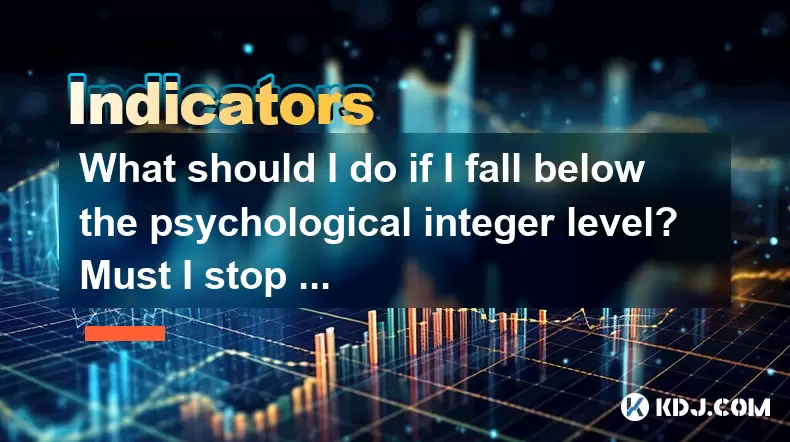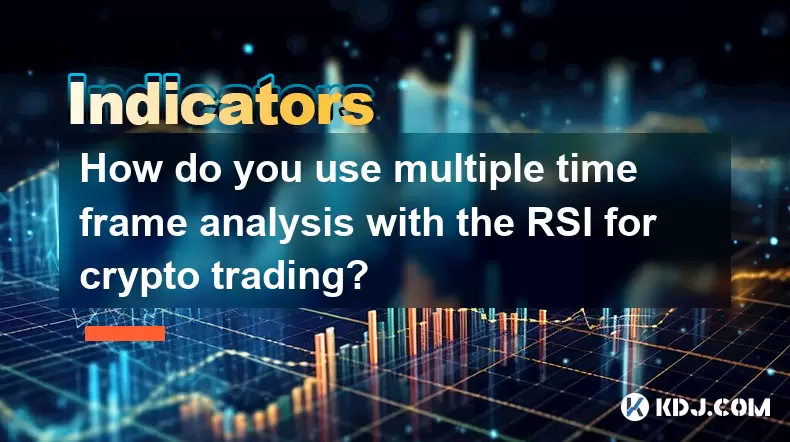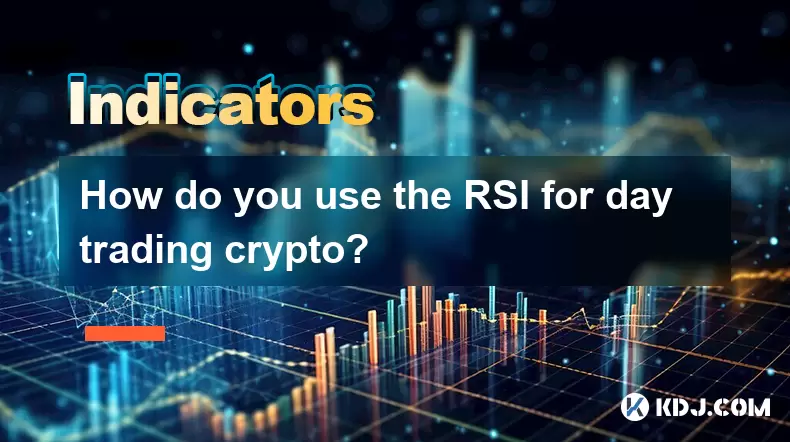-
 Bitcoin
Bitcoin $118400
0.47% -
 Ethereum
Ethereum $3836
2.20% -
 XRP
XRP $3.157
2.98% -
 Tether USDt
Tether USDt $0.9999
-0.03% -
 BNB
BNB $801.5
1.31% -
 Solana
Solana $180.9
2.07% -
 USDC
USDC $0.9999
-0.02% -
 Dogecoin
Dogecoin $0.2225
2.50% -
 TRON
TRON $0.3285
-1.02% -
 Cardano
Cardano $0.7789
2.60% -
 Hyperliquid
Hyperliquid $43.60
2.39% -
 Sui
Sui $3.892
4.41% -
 Stellar
Stellar $0.4229
3.34% -
 Chainlink
Chainlink $18.01
3.98% -
 Hedera
Hedera $0.2745
6.77% -
 Bitcoin Cash
Bitcoin Cash $582.3
3.38% -
 Avalanche
Avalanche $23.77
1.04% -
 Ethena USDe
Ethena USDe $1.001
0.01% -
 Toncoin
Toncoin $3.493
3.59% -
 Litecoin
Litecoin $110.0
2.48% -
 UNUS SED LEO
UNUS SED LEO $8.936
-0.37% -
 Shiba Inu
Shiba Inu $0.00001304
2.49% -
 Uniswap
Uniswap $9.999
1.09% -
 Polkadot
Polkadot $3.897
3.26% -
 Monero
Monero $308.6
-0.83% -
 Dai
Dai $0.9999
-0.01% -
 Bitget Token
Bitget Token $4.504
-0.04% -
 Pepe
Pepe $0.00001154
2.95% -
 Cronos
Cronos $0.1471
3.06% -
 Ethena
Ethena $0.6691
19.53%
What should I do if I fall below the psychological integer level? Must I stop loss?
Psychological integer levels in crypto trading, like $10,000 for Bitcoin, act as key support or resistance zones, influencing trader behavior and often triggering emotional reactions when breached.
Jun 21, 2025 at 04:00 pm

Understanding the Psychological Integer Level in Cryptocurrency Trading
In cryptocurrency trading, psychological integer levels refer to key price points that traders closely monitor because they often act as support or resistance zones. These are typically round numbers like $10,000 for Bitcoin, $1,000 for Ethereum, or even smaller values such as $100, $50, etc., depending on the asset. When a price drops below one of these psychological levels, it can trigger emotional reactions among traders and investors.
Psychological levels matter because they influence market behavior. Many traders place stop-loss orders just below these levels, anticipating a breakdown. Once the price breaches them, those stop-loss orders get executed, causing further downward momentum. This phenomenon is common across financial markets but especially pronounced in the highly speculative crypto space.
Why Falling Below a Key Level Can Be Alarming
When a cryptocurrency falls below a significant psychological level, several dynamics come into play. First, trading algorithms may automatically initiate sell-offs, accelerating the decline. Second, retail traders who set mental stop-loss points at these levels may panic-sell, contributing to increased volatility.
This kind of selling pressure can lead to rapid price drops, sometimes without immediate fundamental justification. It's crucial to understand that this reaction is not always rational; rather, it reflects the collective psychology of the market. If you're holding an asset that has just broken below a key level, it's natural to question whether you should cut your losses or hold through the downturn.
Evaluating Whether to Stop Loss or Hold
Deciding whether to implement a stop loss after falling below a psychological level involves several factors:
- Timeframe of your trade: Are you a day trader, swing trader, or long-term investor? Short-term traders might need tighter stops, while long-term holders may view the drop as a buying opportunity.
- Volume behind the move: A sharp drop with high volume suggests strong selling pressure, possibly warranting a stop loss. Conversely, low volume might indicate a false breakout.
- Fundamental context: Is there negative news affecting the asset, or is the drop purely technical?
It’s essential to assess the broader context before making a decision. A sudden drop below a key level doesn’t necessarily mean the trend will continue indefinitely. Sometimes, prices rebound quickly if the breakdown wasn’t supported by strong fundamentals or sustained selling pressure.
How to Set Effective Stop-Loss Levels
If you decide to use a stop loss, consider implementing it strategically:
- Place it beyond the next major support level, not just below the psychological integer. For example, if Bitcoin breaks $29,000, placing a stop loss at $28,500 might give the price room to breathe while still protecting capital.
- Use trailing stop losses to lock in gains if the price recovers slightly after dropping.
- Avoid setting stop losses too close to the current price, which could result in being stopped out prematurely due to normal market fluctuations.
Technical indicators like moving averages or Bollinger Bands can help identify logical stop-loss placements. Combining these tools with chart patterns (like head and shoulders or double tops) can provide more reliable signals than relying solely on psychological levels.
Alternative Strategies to Consider
Instead of immediately stopping out, some traders adopt alternative strategies:
- Scaling out: Sell a portion of your position when the price hits a psychological level and reassess the situation before deciding on the rest.
- Hedging: Use options or inverse ETFs (where available) to protect against downside risk without fully exiting the position.
- Rebalancing: If your portfolio becomes overly weighted in a single asset that has dropped significantly, consider rebalancing to maintain your target allocation.
These strategies allow for flexibility and reduce emotional decision-making. They also align with sound risk management principles, which are vital in volatile markets like cryptocurrency.
Frequently Asked Questions
Q: How do I identify key psychological levels for a cryptocurrency?
A: Look at historical price action and observe where the asset has previously stalled or reversed. Round numbers and previous all-time highs or lows are typically strong psychological levels. Tools like Fibonacci retracements and pivot points can also highlight potential areas of interest.
Q: Should I adjust my stop loss if the price recovers after breaking a psychological level?
A: Yes, if the price shows signs of reversing course, adjusting your stop loss upward can help protect profits or reduce losses. Trailing stop losses are particularly useful in such scenarios.
Q: What role does market sentiment play in psychological level breaches?
A: Market sentiment heavily influences how prices react to these levels. Bullish sentiment can prevent a breakdown, while bearish sentiment can accelerate it. Monitoring social media trends, news cycles, and on-chain data can offer insights into prevailing sentiment.
Q: Are psychological levels relevant in all timeframes?
A: While they are most impactful on higher timeframes like daily or weekly charts, shorter timeframes (hourly or 4-hour) can also exhibit similar behaviors, though usually with less significance. The importance of a level increases with the number of traders watching it and the volume traded at that level.
Disclaimer:info@kdj.com
The information provided is not trading advice. kdj.com does not assume any responsibility for any investments made based on the information provided in this article. Cryptocurrencies are highly volatile and it is highly recommended that you invest with caution after thorough research!
If you believe that the content used on this website infringes your copyright, please contact us immediately (info@kdj.com) and we will delete it promptly.
- SEC, Crypto, and Securities: Navigating the New Frontier
- 2025-08-01 05:10:12
- Cardano (ADA) Market Cap: Can It Compete with Emerging Cryptocurrencies and Meme Coins?
- 2025-08-01 04:30:12
- SEC, Crypto, and On-Chain: Navigating the Regulatory Maze
- 2025-08-01 02:31:40
- Jito Labs, Solana, and Liquid Staking: Riding the Wave of Innovation
- 2025-08-01 03:50:12
- Perpetual DEX: Navigating Onchain Trading and Solving Core Problems, a NY Perspective
- 2025-08-01 03:57:53
- Bitcoin Bullish Market: How Long Positions are Boosting the Crypto King
- 2025-08-01 02:35:33
Related knowledge

How do you use multiple time frame analysis with the RSI for crypto trading?
Aug 01,2025 at 05:19am
Understanding the Role of RSI in Crypto TradingThe Relative Strength Index (RSI) is a momentum oscillator that measures the speed and change of price ...

How can you use the RSI to determine exit points in crypto trades?
Aug 01,2025 at 04:29am
Understanding the Role of RSI in Crypto TradingThe Relative Strength Index (RSI) is a momentum oscillator widely used in the cryptocurrency market to ...

How do you use the RSI for day trading crypto?
Aug 01,2025 at 05:26am
Understanding the RSI in Cryptocurrency TradingThe Relative Strength Index (RSI) is a momentum oscillator that measures the speed and change of price ...

What does it signify when the MACD crosses below the zero line?
Aug 01,2025 at 01:43am
Understanding the MACD IndicatorThe Moving Average Convergence Divergence (MACD) is one of the most widely used technical analysis tools in the crypto...

How does the MACD histogram show momentum?
Aug 01,2025 at 01:16am
Understanding the MACD Histogram and Its Role in Cryptocurrency TradingThe MACD histogram is a visual representation of the difference between the MAC...

What is a MACD crossover?
Jul 31,2025 at 11:52pm
Understanding the Role of Private Keys in Cryptocurrency SecurityIn the world of cryptocurrency, private keys are the cornerstone of ownership and con...

How do you use multiple time frame analysis with the RSI for crypto trading?
Aug 01,2025 at 05:19am
Understanding the Role of RSI in Crypto TradingThe Relative Strength Index (RSI) is a momentum oscillator that measures the speed and change of price ...

How can you use the RSI to determine exit points in crypto trades?
Aug 01,2025 at 04:29am
Understanding the Role of RSI in Crypto TradingThe Relative Strength Index (RSI) is a momentum oscillator widely used in the cryptocurrency market to ...

How do you use the RSI for day trading crypto?
Aug 01,2025 at 05:26am
Understanding the RSI in Cryptocurrency TradingThe Relative Strength Index (RSI) is a momentum oscillator that measures the speed and change of price ...

What does it signify when the MACD crosses below the zero line?
Aug 01,2025 at 01:43am
Understanding the MACD IndicatorThe Moving Average Convergence Divergence (MACD) is one of the most widely used technical analysis tools in the crypto...

How does the MACD histogram show momentum?
Aug 01,2025 at 01:16am
Understanding the MACD Histogram and Its Role in Cryptocurrency TradingThe MACD histogram is a visual representation of the difference between the MAC...

What is a MACD crossover?
Jul 31,2025 at 11:52pm
Understanding the Role of Private Keys in Cryptocurrency SecurityIn the world of cryptocurrency, private keys are the cornerstone of ownership and con...
See all articles

























































































